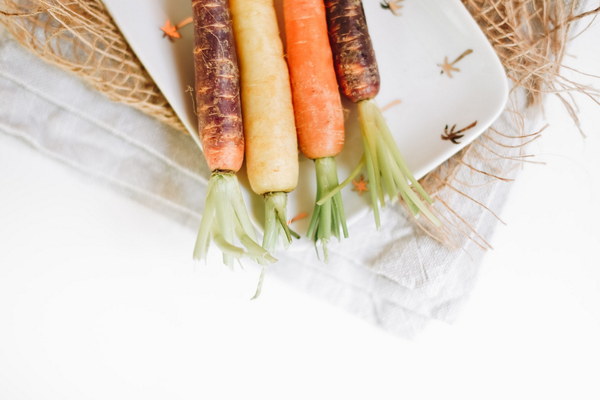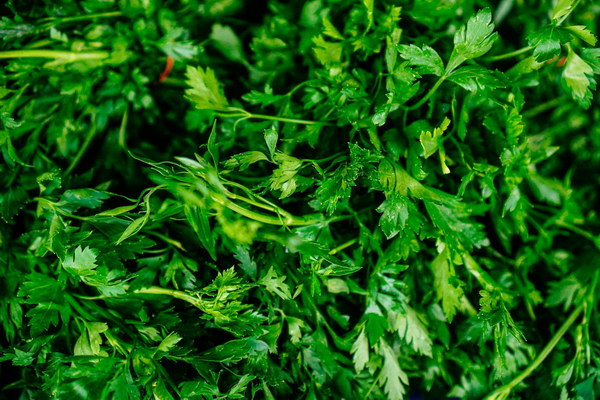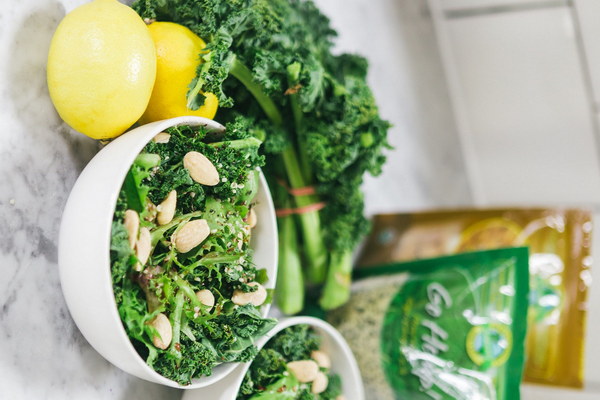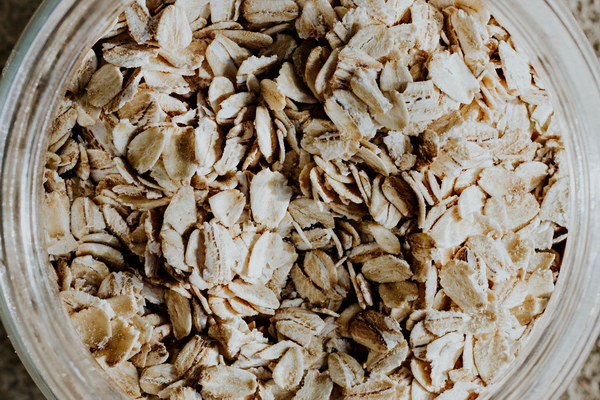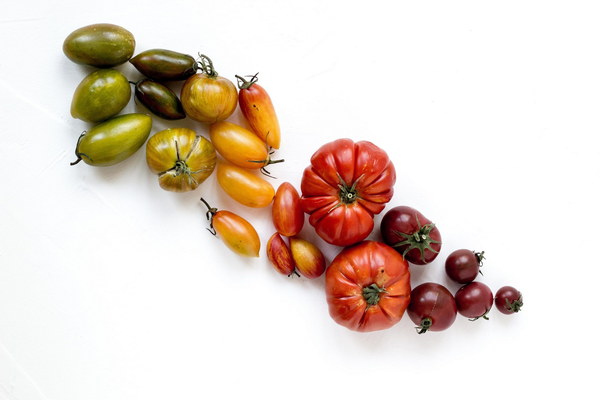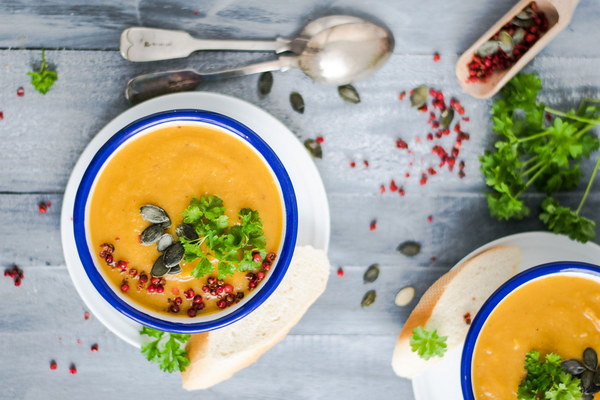Is Damp-Draining Equivalent to Cold-Removal Unveiling the Truth Behind Traditional Chinese Medicine
In traditional Chinese medicine (TCM), dampness and cold are often regarded as the root causes of various health issues. Many people believe that dampness is synonymous with cold, and therefore, dampness-relieving is the same as cold-removing. However, is this really the case? This article aims to explore the relationship between dampness and cold in TCM and shed light on the differences and similarities between the two concepts.
Firstly, let's understand the basic definitions of dampness and cold in TCM. Dampness refers to a pathogenic factor that is characterized by the accumulation of moisture in the body, which can lead to various symptoms such as fatigue, weight gain, and water retention. On the other hand, cold refers to a pathogenic factor that is characterized by the invasion of coldness into the body, causing symptoms like chills, cold limbs, and joint pain.
While dampness and cold may share some common symptoms, they are distinct pathogenic factors with different origins and manifestations. In TCM, dampness is believed to arise from the overconsumption of damp-producing foods, such as cold, raw, and sugary foods. Conversely, cold can be caused by external factors like cold weather, exposure to cold air, or consuming cold drinks and foods.
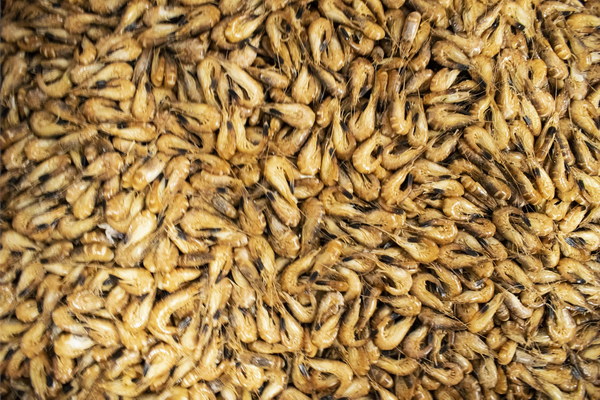
Dampness-relieving and cold-removing are two different approaches in TCM treatment. Dampness-relieving involves using herbal formulas and dietary adjustments to eliminate dampness and improve the body's fluid metabolism. Commonly used herbs for dampness-relieving include Atractylodes macrocephala, Poria cocos, and Alisma orientale. Meanwhile, cold-removing treatments focus on expelling coldness from the body, often using warm and spicy herbs like Cinnamon and dried ginger.
While dampness and cold are not the same, they can sometimes coexist in the body, leading to complex symptoms. In such cases, TCM practitioners may combine dampness-relieving and cold-removing approaches to achieve a comprehensive treatment. However, it is essential to differentiate between the two pathogenic factors to provide effective and targeted treatment.
One example of a condition where dampness and cold coexist is damp-cold syndrome. This syndrome is characterized by symptoms such as fatigue, cold limbs, and joint pain. TCM treatment for damp-cold syndrome would involve a combination of dampness-relieving and cold-removing herbs, such as Atractylodes macrocephala, Poria cocos, Cinnamon, and dried ginger.
In conclusion, dampness and cold are distinct pathogenic factors in TCM with different origins and manifestations. While dampness-relieving is not equivalent to cold-removing, both concepts play a crucial role in TCM treatment. By understanding the differences and similarities between dampness and cold, TCM practitioners can provide more effective and personalized treatment plans for their patients. As always, it is essential to consult with a qualified TCM practitioner for proper diagnosis and treatment.
